Imagine stepping into your backyard or balcony and plucking a sun-warmed, juicy fruit straight from the branch—it’s a simple pleasure that’s within your reach, no matter your gardening experience. Growing your own fruit at home isn’t just a delightful endeavor; it’s a rewarding journey that connects you with the rhythms of nature and grants you the freshest, most flavorful produce possible.
For those new to gardening, the idea of cultivating fruit might seem intimidating, but with the right guidance, it becomes an exciting adventure you can easily embark upon. Experienced gardeners will find that adding fruit to their repertoire not only enhances their skills but also brings a deeper understanding of plant care and the seasonal cycles that influence growth.
In this article, we will explore the essential steps to transform your garden, patio, or even windowsill into a thriving fruit haven. You’ll learn about selecting the right varieties for your climate, understanding soil requirements, and mastering the art of pruning and pest control—all tailored to ensure success and sustainability.
Select Suitable Fruit Varieties
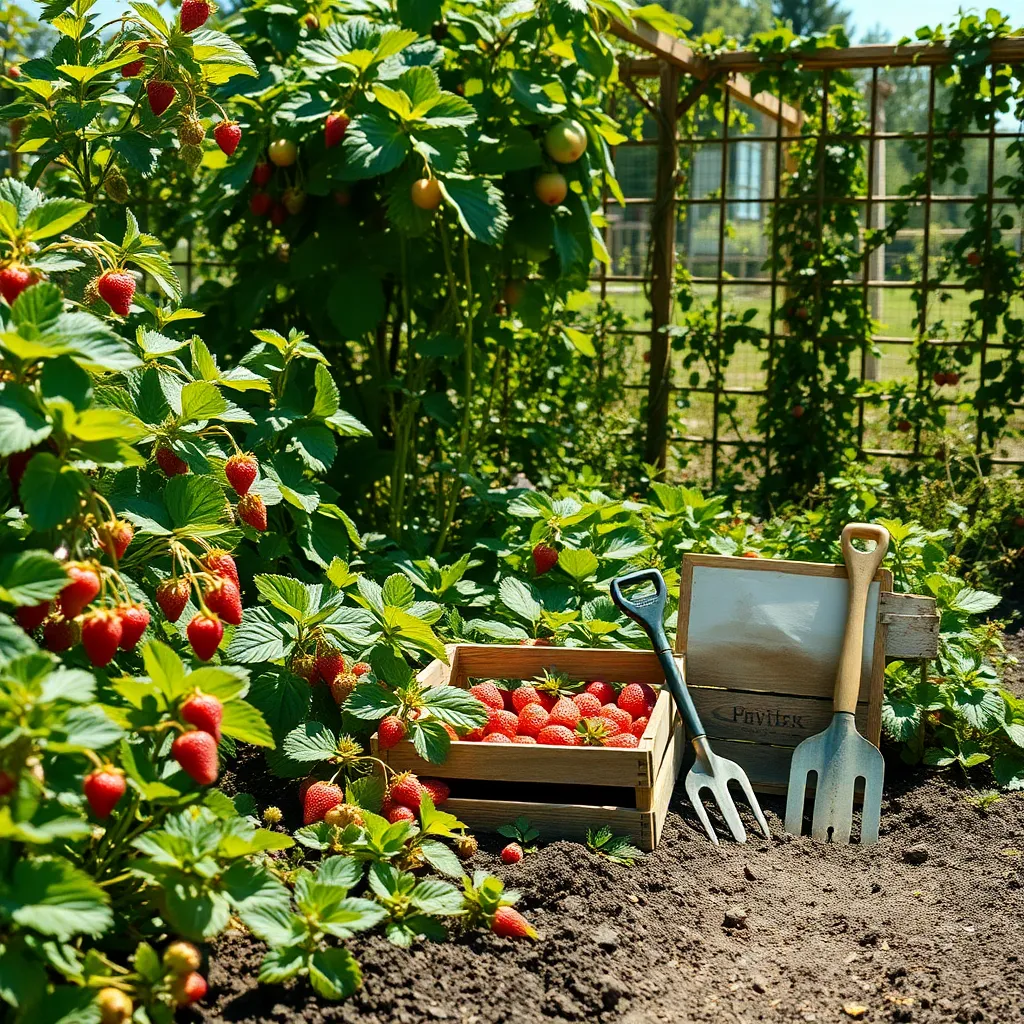
Choosing the right fruit varieties is crucial for a successful home garden. Begin by considering your local climate and the specific growing conditions in your garden.
Research which fruit trees and plants are best suited for your USDA hardiness zone. This ensures that the plants can thrive in your area’s temperature range and seasonal changes.
For beginners, starting with hardy and low-maintenance fruits like strawberries, blueberries, and raspberries is ideal. These fruits are not only easy to grow but also adapt well to various soil types, provided they are well-drained.
Advanced gardeners might experiment with dwarf fruit trees such as apples, pears, or plums, which can be grown in containers if space is limited. These trees require regular pruning and fertilization to maintain fruit production and health.
Ensure your chosen fruit plants receive adequate sunlight, as most require at least six to eight hours of direct sunlight daily. Mulching around the base can help retain moisture and control weeds, providing a healthier growing environment.
Watering frequency depends on plant type and weather conditions, but a general rule is to keep the soil consistently moist. Avoid overwatering by allowing the top inch of soil to dry out between watering sessions, especially for container-grown plants.
Lastly, pay attention to pest and disease management by regularly inspecting your plants. Use organic methods like companion planting or neem oil sprays to protect your fruit plants without harmful chemicals.
Prepare Optimal Planting Soil
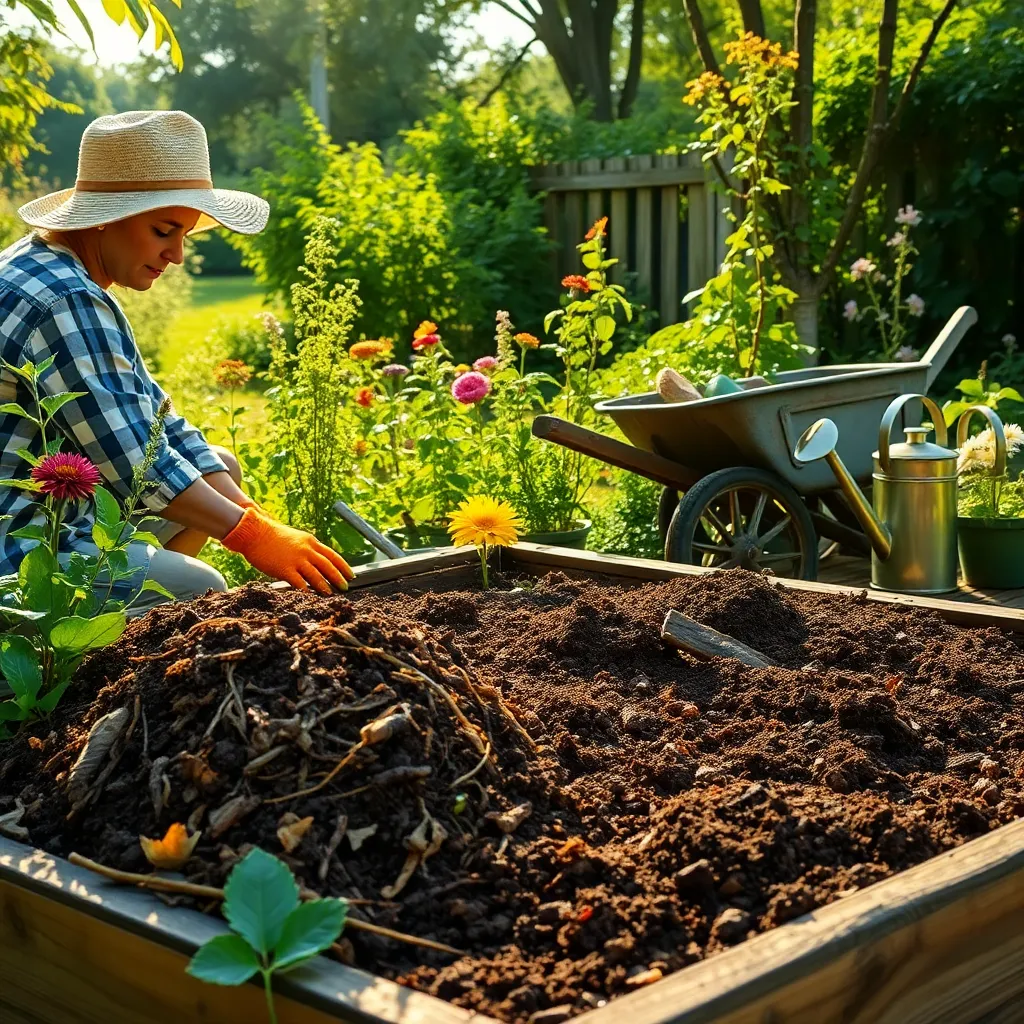
To ensure your fruit plants thrive, preparing optimal planting soil is crucial. Start by assessing your garden’s current soil structure and nutrient content to determine any necessary amendments.
Organic matter is a gardener’s best friend when it comes to enriching soil. Incorporate compost or well-rotted manure into your soil to boost nutrient levels and improve soil texture.
Different fruits have varying soil pH requirements, so it’s essential to adjust accordingly. Most fruits prefer slightly acidic to neutral soil, with a pH ranging from 6.0 to 7.0.
For beginner gardeners, using a commercial soil mix designed for fruits can simplify the process. These mixes are often pre-adjusted for pH and nutrient content, providing a balanced starting point.
More advanced gardeners might consider creating a custom soil blend. This involves combining elements like peat moss for moisture retention and perlite for drainage, tailored to the specific needs of the fruit variety.
Once your soil is prepared, monitor moisture levels regularly to maintain optimal growing conditions. Consistent watering, without over-saturating, is key to preventing root rot and encouraging healthy growth.
Plant Seeds at Correct Depth
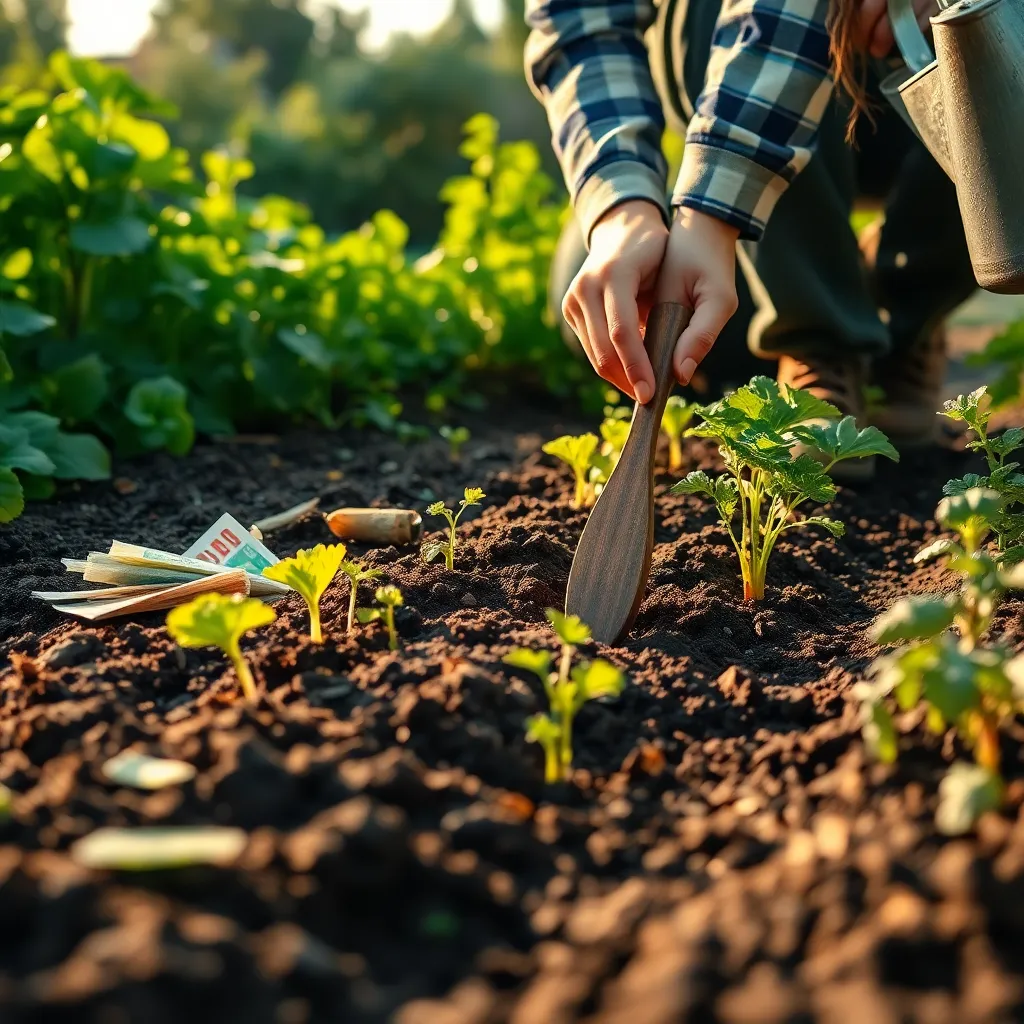
Getting the seed depth right is crucial for successful germination and growth. As a general rule, seeds should be planted at a depth of about two to three times their diameter. This ensures they have enough soil coverage to retain moisture without being buried too deeply, which could hinder their ability to sprout.
Lightweight seeds, such as those from strawberries, require a shallow planting just beneath the surface. For these seeds, gently press them into the soil without covering them too much to ensure they receive adequate sunlight for germination. Using a fine mist to water these seeds helps prevent them from being displaced.
For larger seeds like those of melons or avocados, a deeper planting depth is necessary. Plant these seeds approximately one inch deep to provide stability and sufficient soil contact for moisture absorption. Ensuring the soil is well-drained is essential to prevent rotting at this depth.
To accommodate varying seed sizes, consider using a seed planting tool or simply a pencil to measure and create consistent depth holes. This method ensures uniformity, which is particularly beneficial if you’re planting multiple seeds of different types. Experimenting with slight depth variations can also be a worthwhile technique to refine based on your specific environmental conditions.
Provide Consistent Watering Schedule
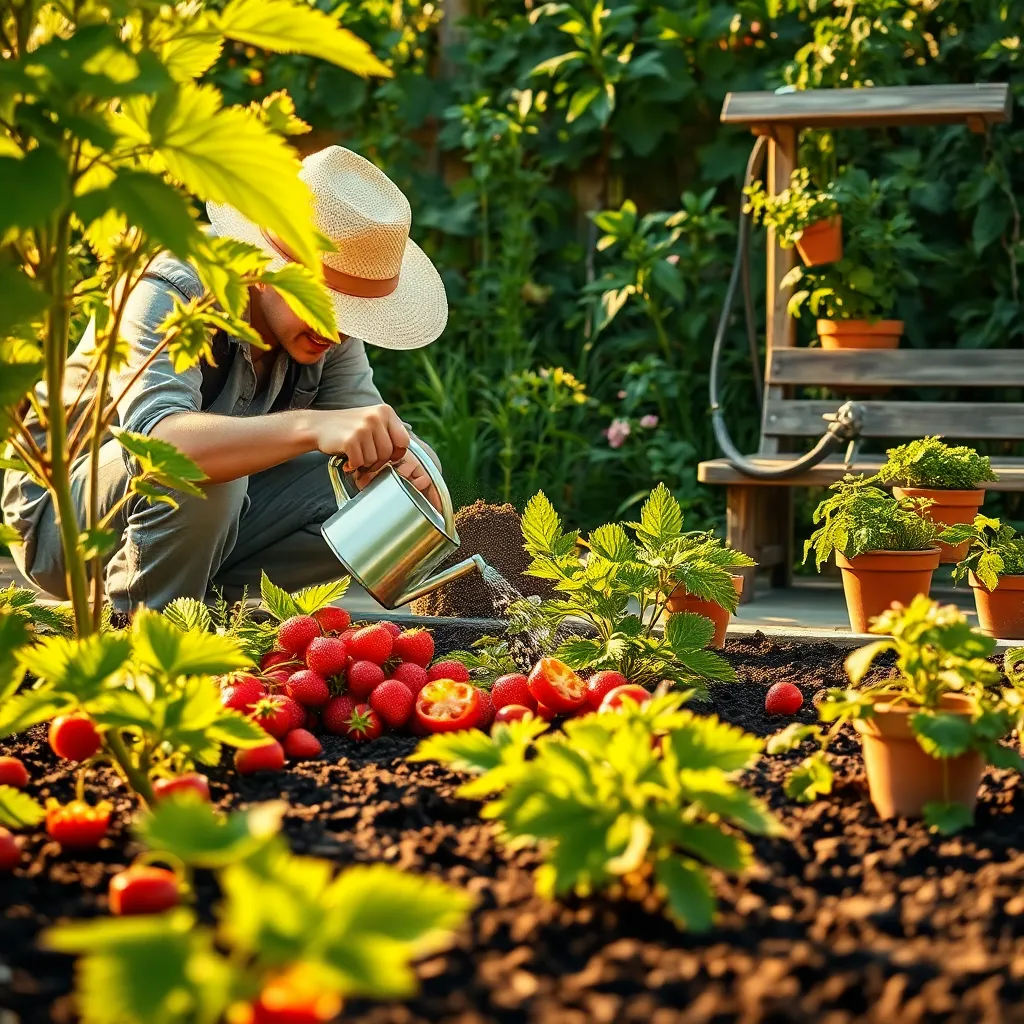
Consistent watering is essential for growing healthy fruit plants at home. Understanding the specific water needs of your fruit plants helps in providing the right amount of hydration.
For beginners, a basic guideline is to water deeply but infrequently to encourage roots to grow deeper into the soil. Check the soil moisture by inserting your finger about an inch deep; if it feels dry, it’s time to water.
Advanced gardeners might consider installing a drip irrigation system for more precise water delivery. This method helps in minimizing water wastage and ensures each plant receives the optimal amount of water directly at the root zone.
To maintain a consistent schedule, try watering in the early morning or late afternoon. This timing reduces evaporation and allows plants to absorb more water, especially during hot summer months.
Monitor Growth and Prune Regularly
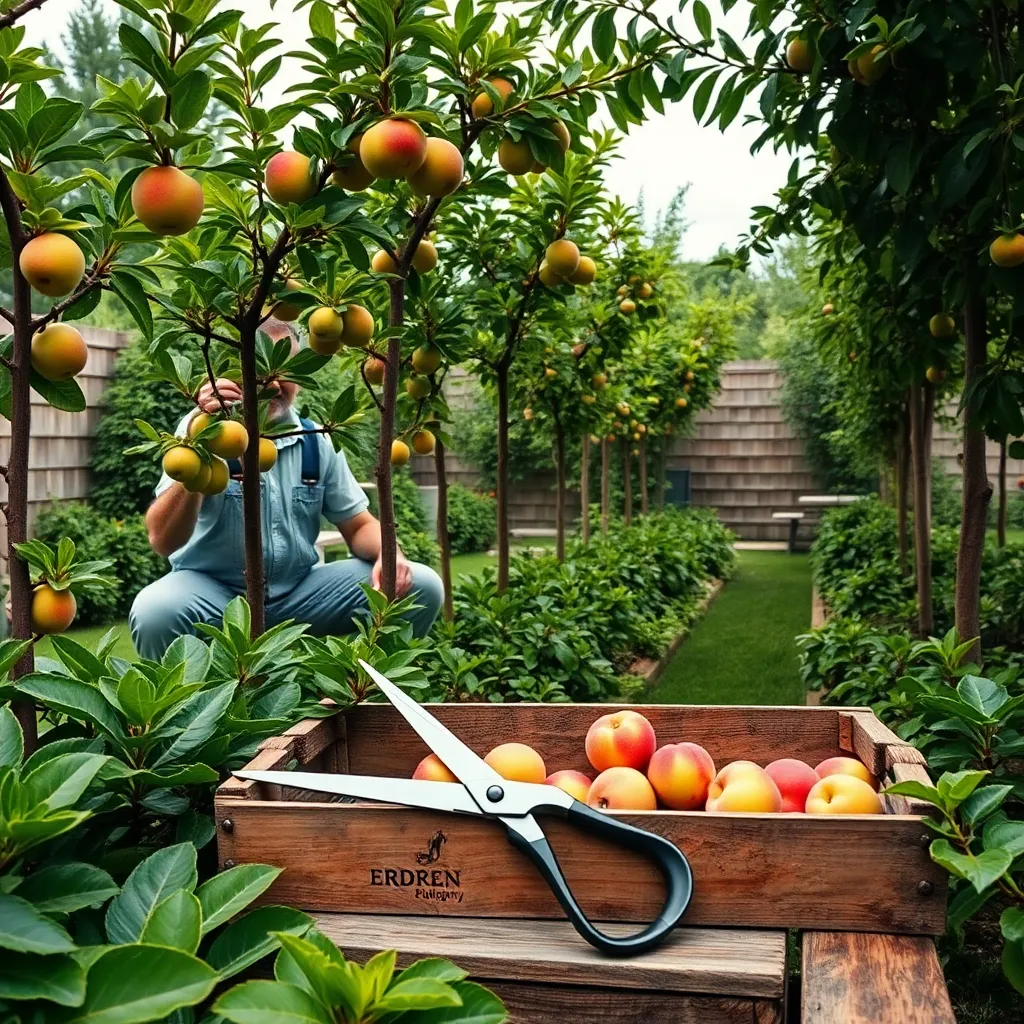
Monitoring the growth of your fruit plants is crucial for ensuring they thrive and produce a healthy yield. Regularly check for signs of new growth or any issues, such as discoloration or wilting, which may indicate a need for adjustments in care.
Pruning is an essential practice to encourage vigorous growth and maximize fruit production. Begin by removing any dead or diseased branches, which helps improve air circulation and sunlight penetration.
Timing is important when it comes to pruning; most fruit trees benefit from being pruned in late winter or early spring while they’re dormant. For berry bushes, like raspberries and blackberries, pruning should occur right after fruiting to prepare for the next growing season.
Ensure your tools are sharp and clean to make precise cuts, reducing the risk of disease spread. Regularly sanitize your pruning shears with alcohol or a bleach solution to maintain plant health and vigor.
For beginners, it’s helpful to start with small, manageable plants like strawberries, where you can easily monitor growth and practice pruning techniques. Advanced gardeners may consider espalier training for apple or pear trees, which not only enhances fruit production but also adds a decorative element to your garden space.
Conclusion: Growing Success with These Plants
As we’ve explored in ‘How to Grow Your Own Fruit at Home,’ nurturing relationships, much like tending a garden, requires patience, attention, and care. First, we delved into the importance of understanding your partner’s needs, akin to knowing the soil requirements of your chosen fruit. Next, we discussed the value of consistent communication, much like watering a plant regularly. Third, we emphasized the role of shared goals, comparable to planning your garden’s layout together. Fourth, we highlighted the necessity of dealing with challenges, just as you would handle pests or poor weather. Finally, we celebrated the joy of shared achievements, as delightful as harvesting your first ripe fruit together.
To immediately put these insights into practice, take a moment today to discuss a small, shared goal with your partner—perhaps planning a weekend activity or starting a new hobby together. This simple action can cultivate deeper connection and mutual understanding.
Don’t forget to save or bookmark this article for future reference, as it serves as a valuable guide to growing a flourishing relationship. Remember, the seeds you plant today can blossom into a thriving partnership tomorrow, filled with love and resilience. Your journey to a successful relationship starts now—let it be as fruitful as the garden you nurture together.

